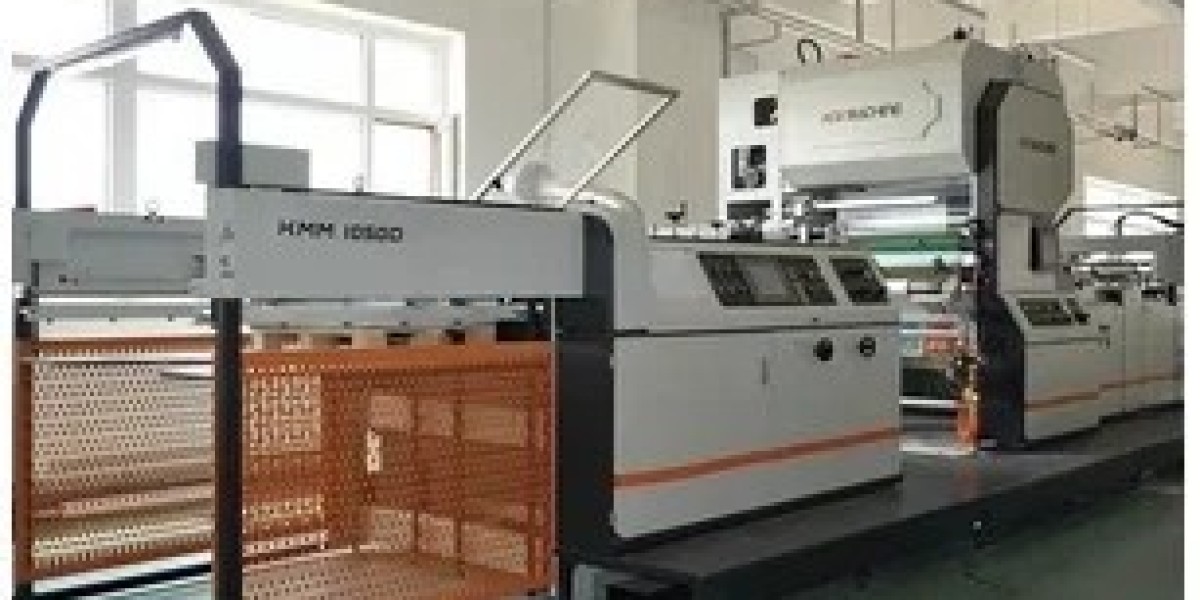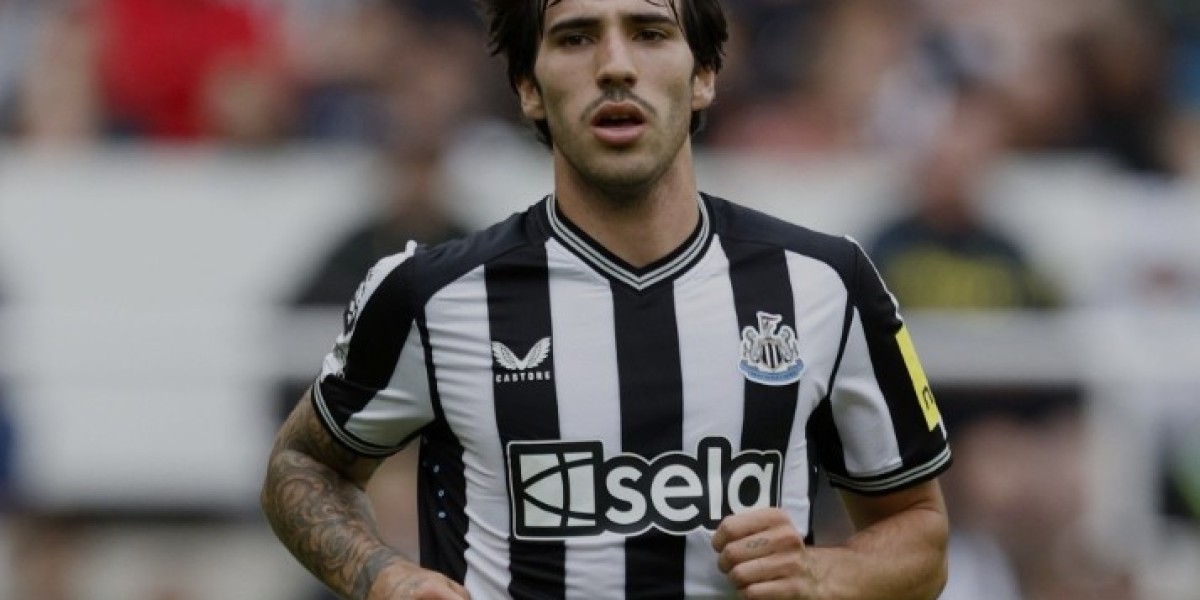In February 1970, the United States was in the midst of a deeply contentious period as the Vietnam War raged on. The anti-war sentiment had been growing rapidly, and it resulted in an event that would forever mark the history of American dissent. On the 15th of February, roughly one month after the U.S. invasion of Cambodia, thousands of protesters took to the streets of Washington, D.C., in what would become one of the largest anti-war demonstrations in the capital's history. This powerful display of resistance and defiance against the government's war policies would reverberate both locally and globally, leaving an indelible imprint on the collective memory of a nation gripped by turmoil.
The atmosphere in Washington, D.C., on that chilly February morning was electric with anticipation. Student activists, pacifists, war veterans, and concerned citizens from all walks of life had converged upon the city, united by a common purpose: to voice their opposition to the Vietnam War and demand an immediate end to the conflict. Many arrived armed with homemade signs and placards bearing powerful slogans like Give Peace a Chance and War is Not the Answer. The air was filled with a palpable sense of resilience and determination, as the protesters prepared to march en masse towards the symbol of political power - the White House.
As the sea of protesters spilled onto the streets, their chants echoed through the corridors of power. The thunderous refrain of Hey, hey, LBJ! How many kids did you kill today? resonated with a deep sense of outrage and disillusionment towards the government's policies. The demonstrators marched with a solemn resolve, their footsteps synchronized in a display of collective fury. Yet within the anger, there was a prevailing sense of hope, a belief that their actions could spark a force for change.
The magnitude of the protest was staggering. Estimates placed the number of participants near 500,000, dwarfing previous demonstrations against the war. The vast assembly of people, stretching as far as the eye could see, turned the capital city into a symphony of dissent. Throngs of delighted onlookers lined the streets, offering words of encouragement and support as the marchers passed by.
Throughout the day, impassioned speakers took the stage, igniting the crowd with fiery speeches that echoed the sentiments of the anti-war movement. Prominent figures like Jane Fonda, David Dellinger, and Dr. Benjamin Spock added fuel to the collective fire, compelling the masses to believe in their cause even more fervently. The protesters were unwavering in their conviction, confident that their unified voices could bring an end to the war that had consumed their nation.
panda nike sbAs the sun began to set on that momentous day, the protesters gradually dispersed, carrying the spirit of the event back to their respective communities. Although the immediate impacts of the demonstration were not immediately apparent, the anti-war movement had left an undeniable mark on the national consciousness. The events of that February day would contribute to a shifting political landscape, leading to increased pressure for the withdrawal of U.S. troops from Vietnam in the years that followed.
yeezy 500 slate buyThe massive protest in February 1970 stands as a symbol of the power of peaceful assembly and the strength of public dissent. It continues to serve as a reminder of the enduring importance of democratic values and the potential of collective action to effect change. The anti-war demonstrations not only shaped the course of the Vietnam War but left an indelible mark on the social fabric of America, forever etched in the annals of history.
yeezy 350 work shoes reddit







